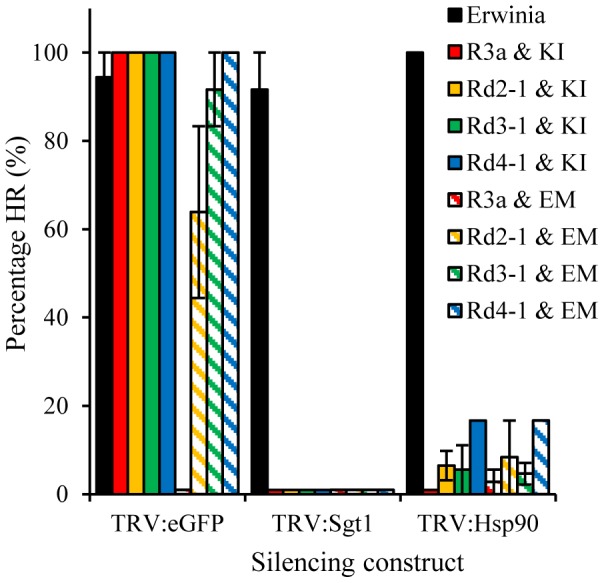Figure 2. HR responses resulting from R3a* recognition of AVR3aEM and AVR3aKI, like those caused by wild-type R3a recognition of AVR3aKI, are dependent on SGT1 and HSP90.

SGT1- and HSP90-silenced plants were produced using TRV-based vectors. These plants and control plants inoculated with TRV:eGFP were infiltrated with different combinations of Agrobacterium cultures designed to express R3a, R3a* variants, AVR3aKI (KI) or AVR3aEM (EM). The percentage of sites (N = 12) showing HR responses six days after infiltration was recorded. The graph shows the mean percentages from three independent experiments with the exception that the dependence on HSP90 of Rd4-1 responses was only tested in a single experiment. The non-host bacterial pathogen Erwinia amylovora was used as a control for an SGT1- and HSP90-independnet HR response. Error bars show +/− standard error. Zero values have been transformed to 1% to facilitate their observation.
